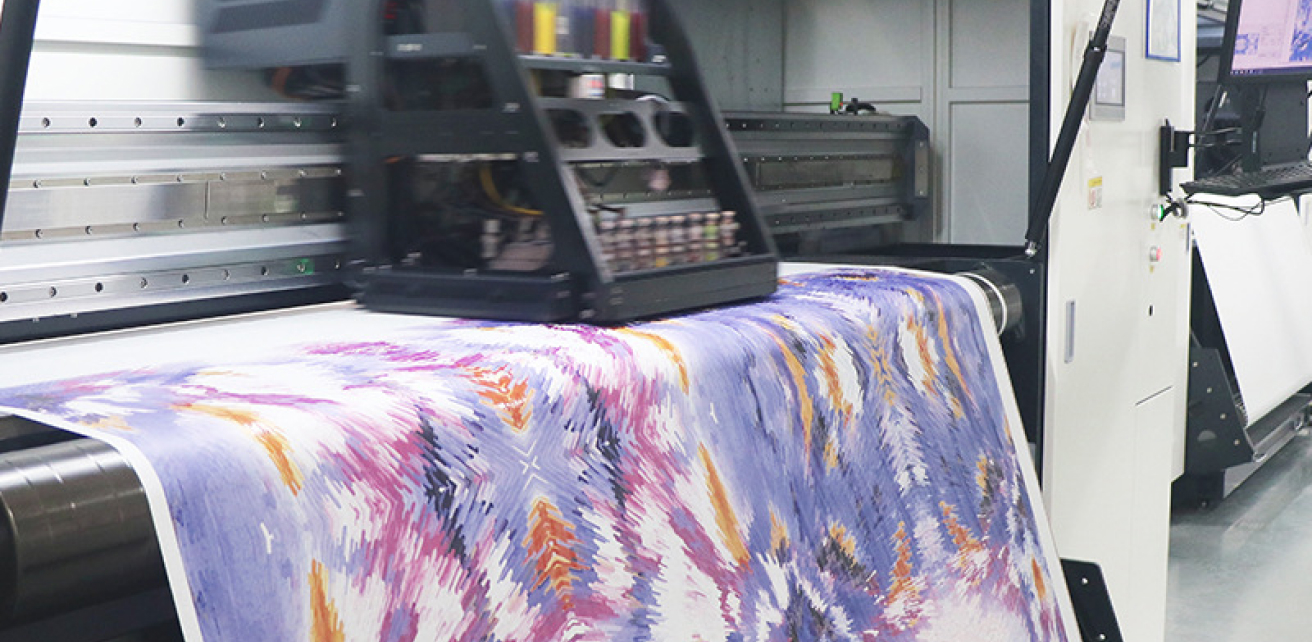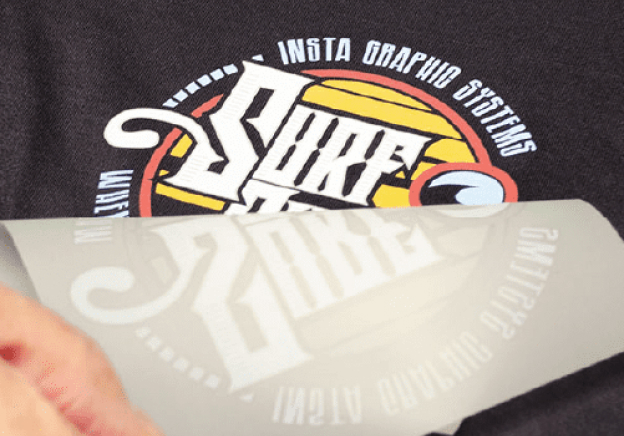

Heat transfer printing encompasses several methods, each utilizing heat to transfer images, designs, or text onto various substrates. The most common heat transfer printing methods include:
1. Sublimation Printing
Pros:
Vibrant and Durable Colors: Sublimation ink penetrates the fibers of the substrate, resulting in bright, long-lasting colors that won't fade, crack, or peel.
Soft Finish: Since the ink becomes part of the fabric, the finished product remains soft and breathable.
Full-Color Printing: Allows for detailed, full-color images and complex designs.
No Feel: The design becomes part of the fabric, so there is no additional texture or feel on the surface.
Cons:
Material Limitation: Works best with polyester or polymer-coated substrates. Not suitable for cotton or other natural fabrics.
Cost: Requires specialized equipment and sublimation-specific inks, which can be expensive.
Preparation: Requires precise temperature and pressure settings for optimal results.
2. Heat Transfer Vinyl (HTV)
Pros:
Durability: HTV designs are durable and can withstand many washes without significant fading or cracking.
Versatility: Can be used on a variety of fabrics and materials, including cotton, polyester, and blends.
Texture and Dimension: Offers a range of textures and finishes, such as matte, glossy, glitter, and flocked.
Customization: Ideal for small runs and custom designs, as it doesn’t require large-scale setup.
Cons:
Time-Consuming: Cutting and weeding the vinyl can be time-intensive, especially for intricate designs.
Layering Limitations: Adding multiple layers of vinyl can make the design feel thick and heavy.
Color Restrictions: Limited to the colors of the vinyl available; complex multicolor designs require multiple layers.
3. Inkjet Transfer Printing
Pros:
Ease of Use: Simple process that can be done with a standard inkjet printer and transfer paper.
Accessibility: Affordable and accessible for small businesses or hobbyists.
Customization: Excellent for printing custom designs, including photographs and complex images.
Wide Range of Substrates: Can be used on various fabrics, including cotton and cotton blends.
Cons:
Durability: Designs may fade, crack, or peel after multiple washes.
Feel: The transfer may leave a noticeable texture on the fabric, which can be less desirable.
Color Quality: Colors may not be as vibrant or durable as other methods, especially on dark fabrics.
Complexity: Requires careful handling and precise application to avoid transfer issues.
4. Plastisol Transfer
Pros:
Professional Finish: Offers a high-quality, durable finish similar to traditional screen printing.
Versatility: Suitable for a variety of fabrics and surfaces.
Detail and Color: Can produce detailed designs with vibrant colors and excellent opacity on dark fabrics.
Stock Transfers: Allows for creating stock transfers that can be applied later, offering flexibility in production.
Cons:
Setup Cost: Requires screen printing equipment and plastisol inks, which can be costly for small-scale operations.
Feel: The finished design can feel heavy and thick, especially with large or intricate designs.
Production Time: Involves multiple steps, including printing, curing, and transferring, which can be time-consuming.
Environmental Concerns: Plastisol inks contain PVC and phthalates, which can be harmful to the environment if not handled properly.
Each of these methods has its unique applications, benefits, and limitations, making them suitable for different types of projects and materials.





